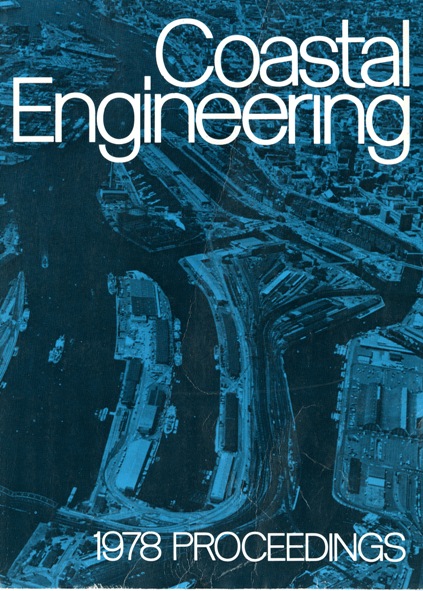Abstract
METEOROLOGICAL FEATURES - The Brazilian coast could be considered a calm area not affected by violent tropical storms. The major meteorological factor in Brazil is the South Atlantic anticyclone, almost permanent, which causes periodical northward heading of cold fronts. A slightly reduced energy and frequency of storms could be observed going up from South coast toward North and could reach the major part of Northeast region. As a general condition the average monthly frequency of cold fronts passing along the Brazilian coast is higher during the winter - five per month with an average duration of 3 days, decreasing to 2 per month during summer with an average duration of 5 days. During winter high waves could occur between Santos and Macae caused by a depression near the Rio de Janeiro as the cold front stays at North, before the cold front goes down to South. Fig. l shows the average flow pattern across Brazil for summer and winter periods and a six days cold front advancing toward North, going into as far as to tropical latitudes during winter time. The daily tracks of the winter cyclones appear on this figure; they do not get beyond latitudes of 40 South.
Authors retain copyright and grant the Proceedings right of first publication with the work simultaneously licensed under a Creative Commons Attribution License that allows others to share the work with an acknowledgement of the work's authorship and initial publication in this Proceedings.

